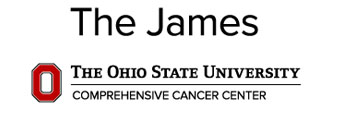
(COLUMBUS, Ohio) – In an effort to make long-overdue advances in the treatment of a bone cancer known as osteosarcomas, oncologists are teaming up with veterinarians at Ohio State to speed up the research process. “It turns out that dogs and humans both get osteosarcomas which very similar – almost the same disease except they occur much more frequently in dogs,,” said Joel Mayerson, MD, of The Ohio State University Comprehensive Cancer Center – Arthur G. James Cancer Hospital and Richard J. Solove Institute. “By working to develop new therapies for our pets, we’re hoping to speed up the process of ultimately finding new drugs for people.”
The Ohio State University College of Veterinary Medicine is home to one of the largest banks of sarcoma tissue in the United States. Using that resource, oncologists and vets hope to vastly increase the rate at which new drugs are developed. It can take 10 years to develop and test new drugs for sarcomas in humans, but may be up to 5 times faster in dogs. “Within 2 to 3 years you have an answer and then you don’t have to lose that time on the human side,” Dr. Cheryl London, DVM, PhD, who specializes in animal oncology. “It makes a very big difference in terms of impacting how clinical trials are run on the human side.”
This collaboration is the newest and one of the largest comparative oncology programs in the United States. “Hopefully, this program will provide us with new alternatives for patients who get sarcomas, especially children,” said Mayerson. “While we’ve made great strides in the treatment of other cancers, we haven’t had a new drug for osteosarcoma in over 30 years.”








